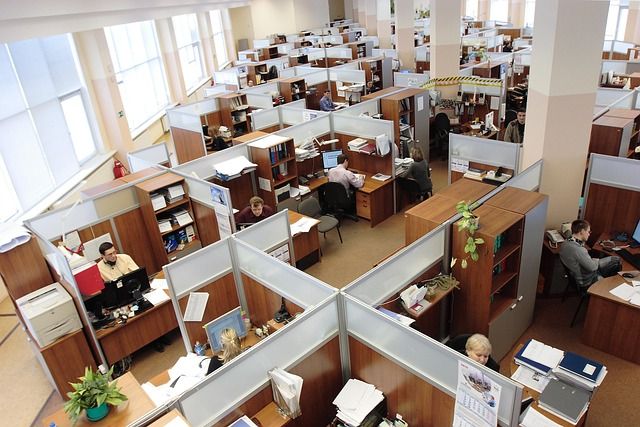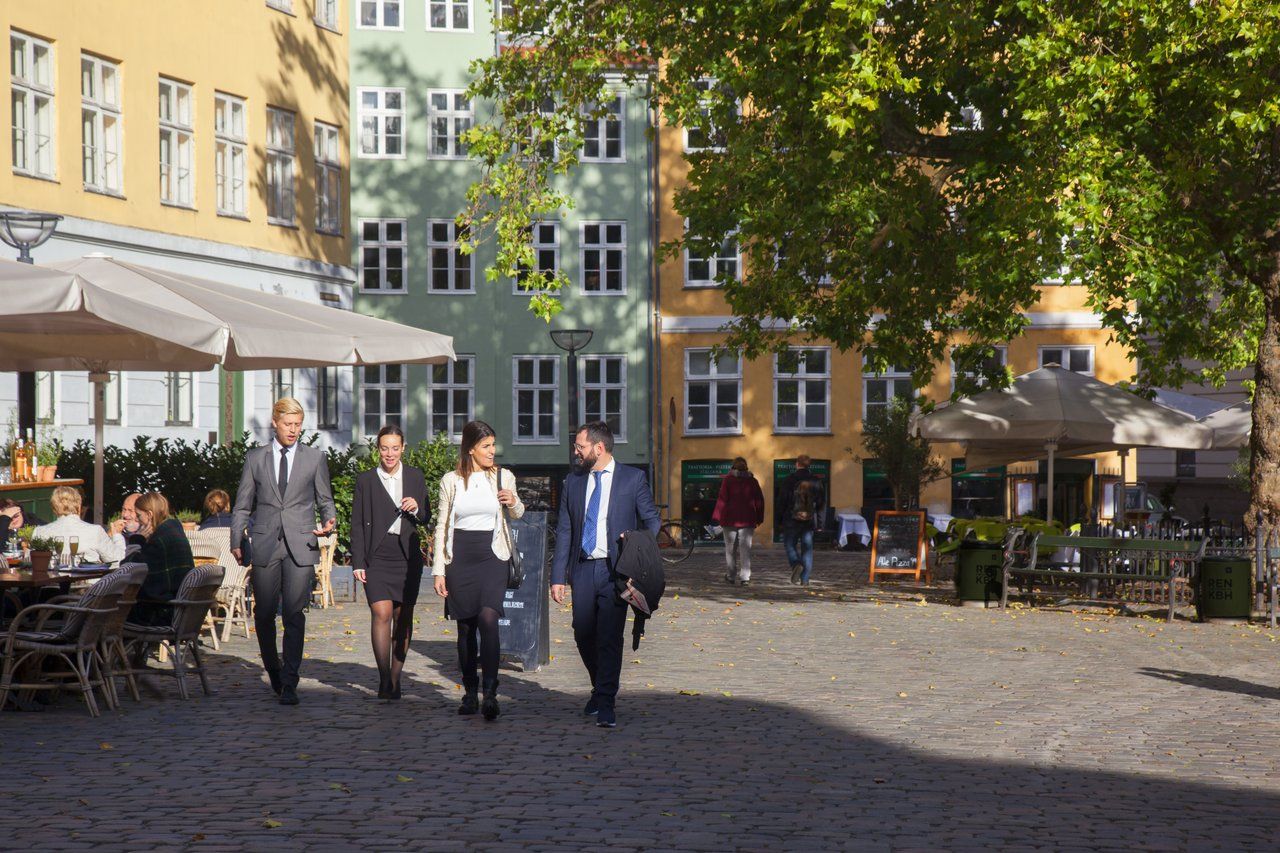An evaluation of the 551 compensation payments made to people living next to wind turbines indicates that the average amount was 57,000 kroner per household. Estate agents say the amount is often far below the actual property value loss, which in some cases is up to 20 percent.
The loss-of-value clause was passed by parliment in 2008 at the urging of Dansk Folkeparti (DF) and gave neighbours to wind turbines the opportunity to seek financial compensation for lost property value. Fifty-three percent of applicants have received compensation, but those that have had money awarded say the amount did not come close to reflecting the actual value.
One of them, Torben Tornvig, from the Jutland town of Brande, was awarded 75,000 kroner to compensate for the loss incurred as a result of the 150m wind turbines currently being built 630 metres from his home.
“I don’t want to live here with my family and I am very disappointed in the compensation amount,” Tornvig told Jyllands-Posten newspaper. “My estate agent has estimated that my property value has depreciated by at least 500,000 kroner. The 75,000 kroner payment is nothing when you have towering windmills so close. I don’t even know if I can sell the property.”
The DF environmental spokesperson, Jørn Dohrmann, acknowledged the frustration of people living next to wind turbines, but underlined that some compensation was better than nothing.
“We know that the large wind turbines are a bother to people living next to them and that they devalue their properties. We can always discuss whether the amounts suffice, but we got the compensation deal through, otherwise they wouldn't have got anything,” Dohrmann told Jyllands-Posten.
The Energy Ministry, which manages the compensation system, is also responsible for promoting the development of renewable energy. Some have pointed out that this is a conflict of interest and are now calling for decisions to be made by a different organisation, such as the Justice Ministry.
Others have pointed out that the system appears to be stacked against homeowners.
“Firstly, one can’t appeal the verdicts but must instead file a civil suit, and secondly, the evaluation authorities decide the amounts before the turbines are even up,” Jens Peder Rasmussen, also from Brande, told Jyllands-Posten. “They miss seeing the visual evidence of the wind turbines dominating the horizon and area.”
Rasmussen estimates that his home will lose about 1 million kroner in value because of the wind turbines, but he lives over a kilometre away from them and will not receive any compensation.
The evaluation authorities are split into five regions and are made up of a legal expert, a estate agent and a representative from the Energy Ministry. Birgitte Egelund Olsen, a professor from Aarhus University and the head of the central Jutland regional evaluation authority, denied that the amounts were pre-determined.
“I can understand if people think the amounts are too small, but we do an independent, case-by-case evaluation where a number of things are assessed: the distance to the turbines, the visual aspect, the noise, shade, the character of the property and the market evaluation of the area,” Olsen told Jyllands-Posten.
Since the law came into effect in January 2009 a total of over 31.2 million kroner has been awarded in compensation.














